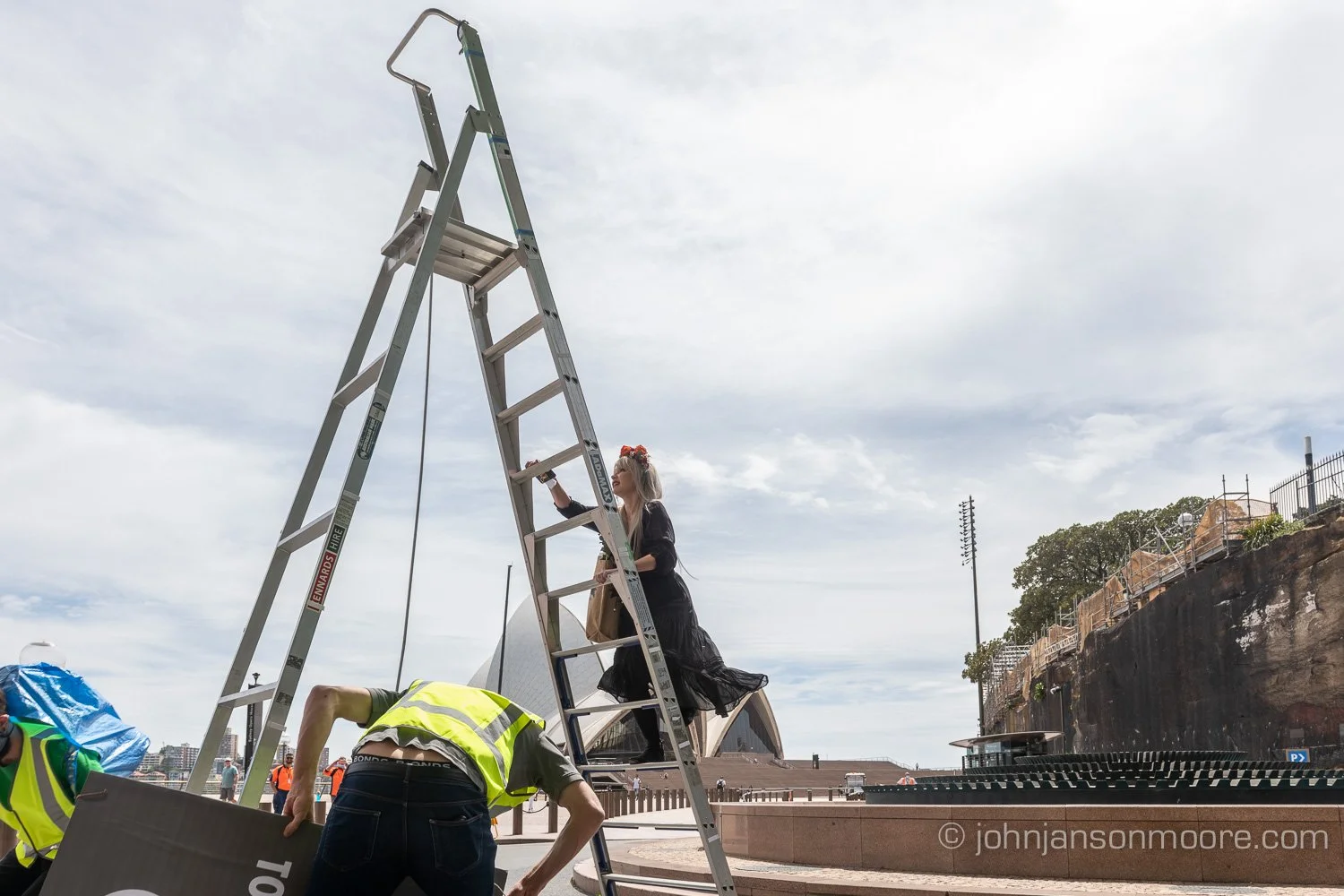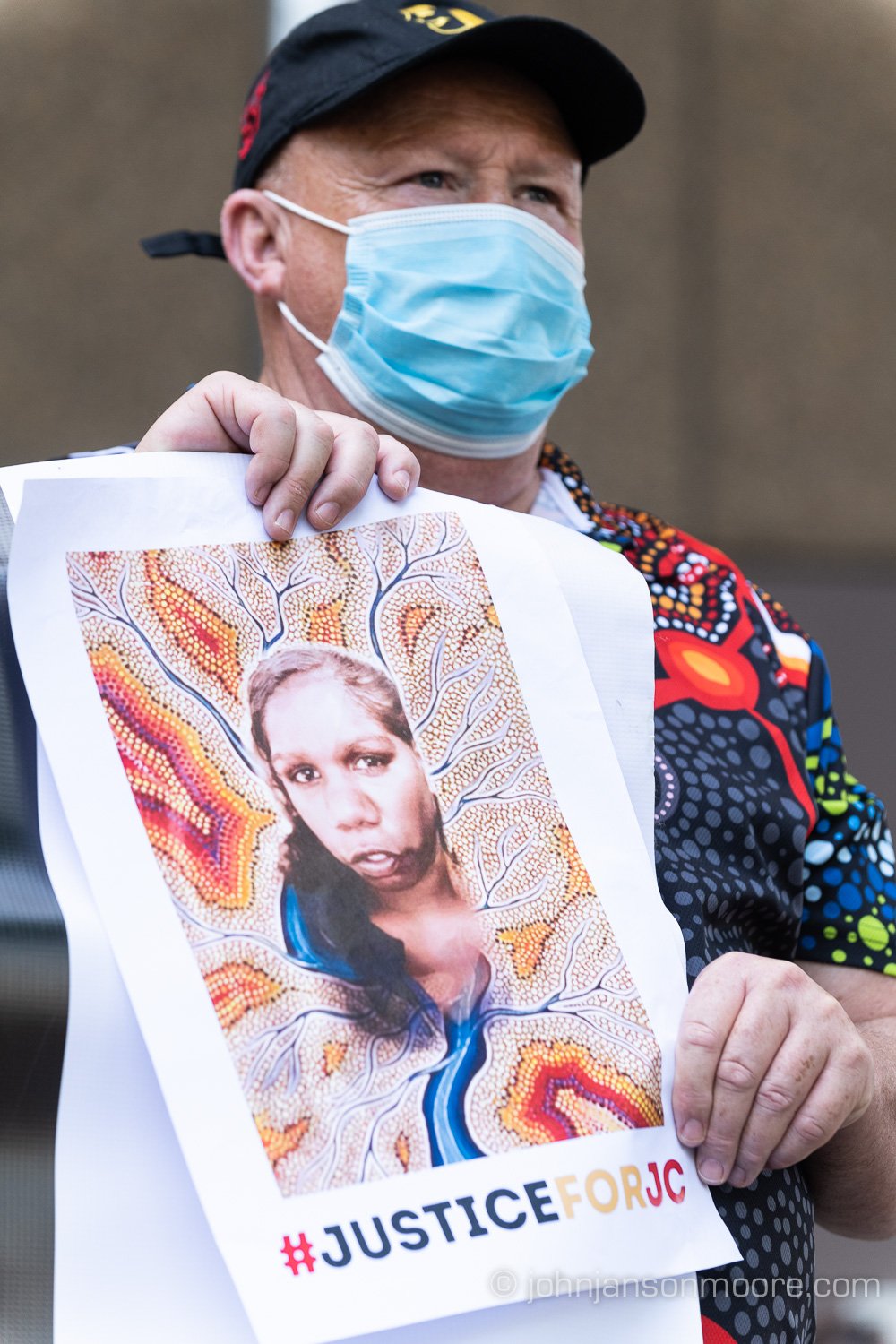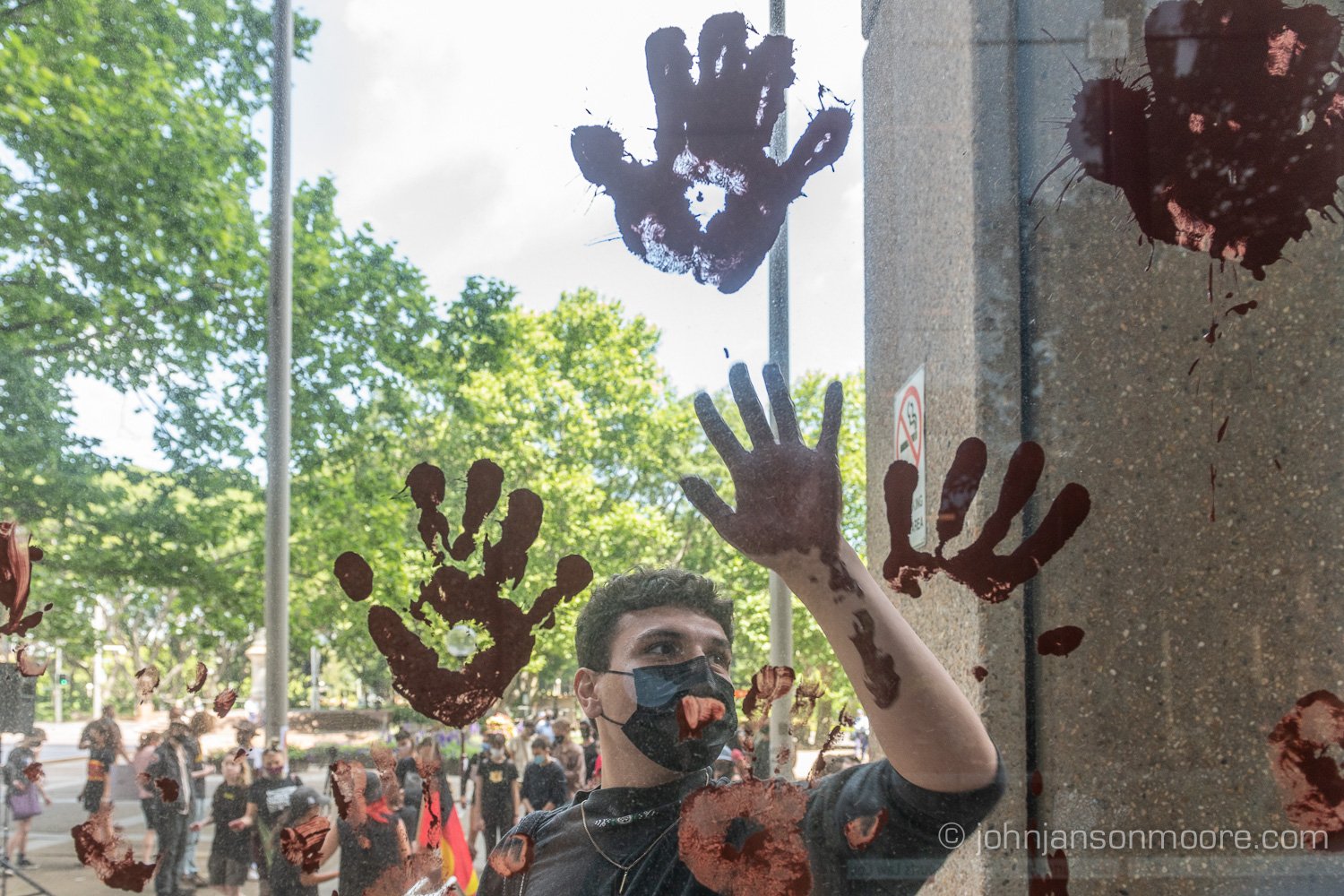I was 14 years of age when the Taliban first captured Kabul, the capital of Afghanistan, on the 26th of September, 1996. Back then, as the Taliban entered the city, the people of Kabul were enormously excited, fed-up with years of civil war, corruption and anarchy. I can vividly remember the Taliban’s arrival. They were mostly wearing large black and white turbans, holding AK47s and shoulder-mounted missile launchers, rolling in on the backs of Toyota utes. At the time, they were warmly welcomed by the city’s residents who were hoping for stability and a chance to get on with their lives. I also remember the public execution of former president Mohammad Najibullah on the first day that the Taliban arrived into Kabul. It shocked me. It was the first of many executions I witnessed during my remaining years under the reign of the Taliban. The false dream that the Taliban were offering soon turned into a nightmare.
The speed of which the Taliban took Kabul 25 years ago, like the events of today, was rapid - almost miraculous. But Afghanistan - and especially the capital – was a different place back then. In 1996, the Taliban were seen by many of the residents of Kabul as “angels of peace”, who would bring justice, uproot corruption, and reinstate law and order. People were saying, “Angels are helping the Taliban defeat their enemies”. But as soon as the Taliban established themselves, they began rounding up their “enemies”. People were arbitrarily detained and tortured. Grounds for arrest ranged from having long hair, to having too short a beard, wearing jeans or even being too clean and tidy. The only way to secure freedom was to inform on others who had worked for the previous regime, or who belonged to different political parties. I personally witnessed numerous people who were seized by the Taliban, tortured and beaten to the point where they could not walk, before being released from captivity. The Taliban’s favourite method of torture was to tie people up and beat them with a metal cable. The beatings could go on for hours. And later, I witnessed worse – the chopping off of hands and shootings, scarring and traumatising people forever.































































































































































































































































































































































































































































































































































